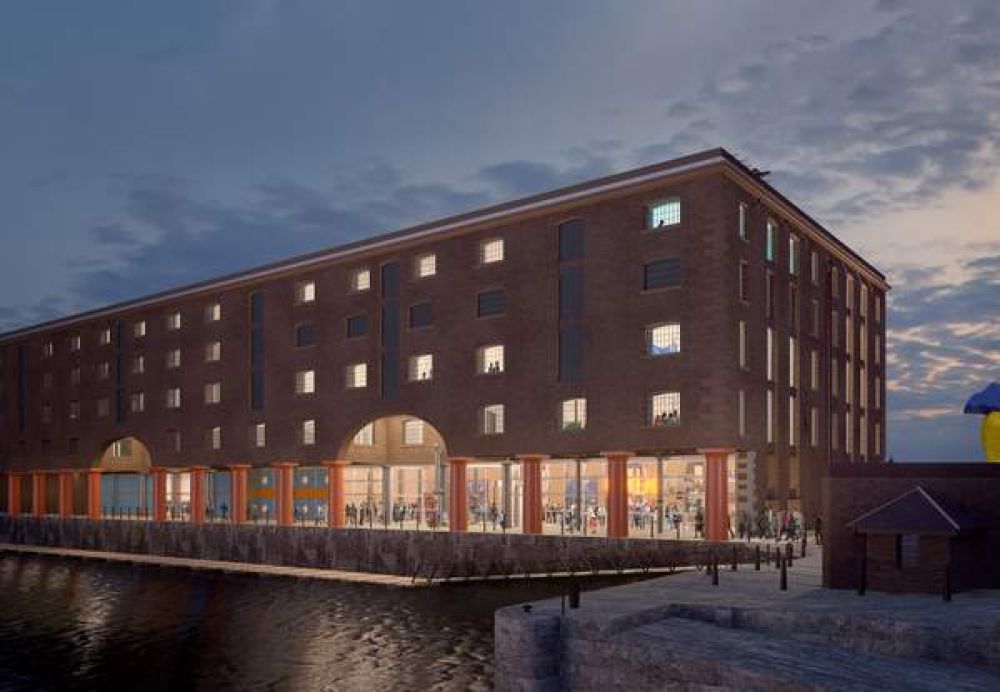

Tate Liverpool, part of the family of Tate galleries which includes Tate Modern, Tate Britain, and Tate St Ives, is a renowned art gallery and museum located in Liverpool, United Kingdom. Situated in the historic Albert Dock on the banks of the River Mersey, it opened its doors to the public in May 1988 and has since become an essential part of Liverpool's cultural landscape.
The idea behind the Tate Liverpool was to bring a slice of the Tate Collection to the north of England, making it more accessible to audiences outside London. Tate Liverpool was positioned within the Albert Dock precinct, which itself was undergoing a significant regeneration process after years of decline. The gallery's opening coincided with a wider effort to revitalize Liverpool's waterfront and it played a key role in the renaissance of this historic port city.
In the early years of Tate Liverpool, tourism was influenced by the novelty of having access to high-caliber exhibitions in the region. It was the home to the Turner Prize in 2007, the first time the event was held outside London, which brought increased attention and visitors. In 2008, Liverpool's status as the European Capital of Culture further heightened the gallery's profile, contributing to a surge in cultural tourism in the city.
The gallery is housed within a converted warehouse, a symbol of the city's mercantile past, and this industrial yet elegant space quickly became an icon of Liverpool’s modern identity. Over the years, Tate Liverpool has hosted a wide array of exhibitions featuring modern and contemporary art, attracting millions of visitors and establishing itself as a must-see destination for art enthusiasts and tourists alike.
In recent years, the tourism trend at Tate Liverpool has been shaped by several factors that align with global tourism trends:
The gallery's emphasis on constantly evolving and staying relevant to today's social and cultural climate ensures that it remains an important and attractive destination for tourists and art lovers. With its vibrant exhibition program and commitment to accessibility, Tate Liverpool continues to be a beacon for the arts in the North of England.